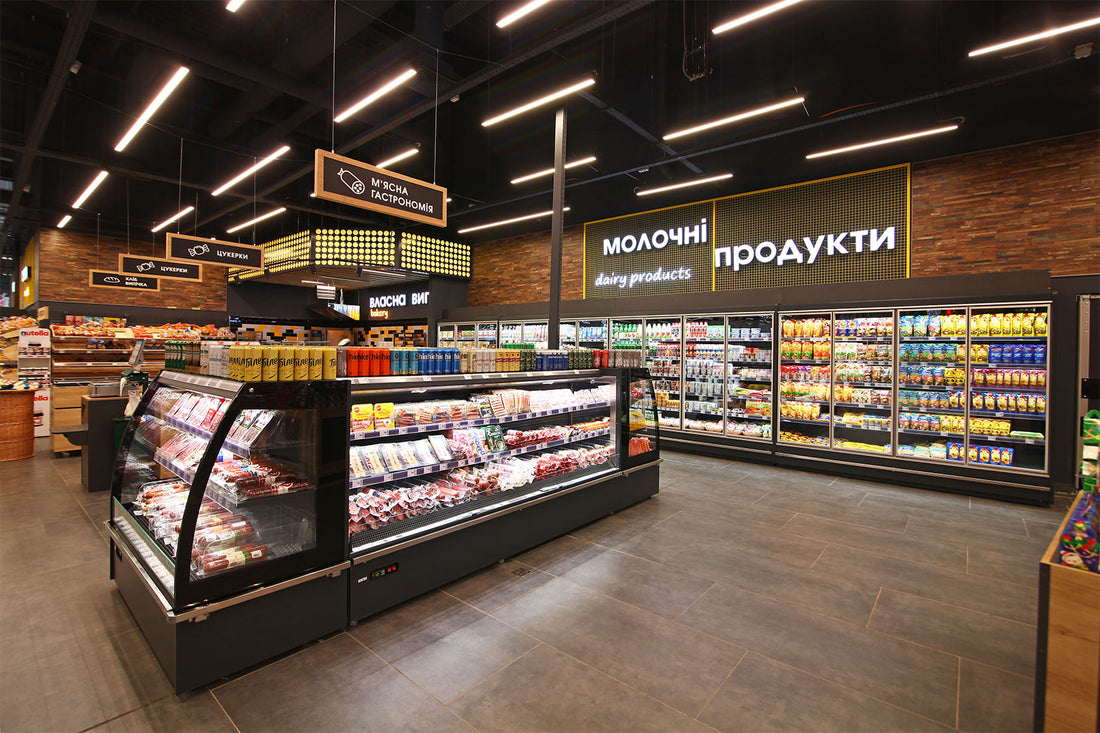When it comes to commercial refrigeration, businesses are often faced with the decision between self-contained refrigeration systems and remote refrigeration systems. Both options offer distinct advantages and considerations depending on the specific needs of the business. In this blog post, we'll delve into the differences between self-contained and remote refrigeration systems to help businesses make informed decisions.
Understanding Self-contained Refrigeration:
Self-contained refrigeration systems, as the name suggests, contain all the necessary components within a single unit. These systems typically include a compressor, condenser, evaporator, and refrigerant lines housed within the same cabinet. Self-contained units are commonly used for smaller-scale applications such as reach-in refrigerators and freezers, undercounter units, and display cases.
Advantages of Self-contained Refrigeration:
- Simplified Installation: Self-contained units are relatively easy to install since they don't require extensive piping or connections to external components.
- Flexibility: These systems can be placed virtually anywhere since they don't rely on external components for operation.
- Cost-effective: Self-contained units are often more budget-friendly compared to remote systems, making them an attractive option for businesses with limited budgets or space constraints.
Understanding Remote Refrigeration:
Remote refrigeration systems, on the other hand, separate the compressor and condenser from the evaporator, with the condensing unit typically located outside the building. Remote systems rely on refrigerant lines to connect the components, allowing for greater flexibility in equipment placement and configuration.
Advantages of Remote Refrigeration:
- Reduced Heat and Noise: By locating the condensing unit outside the building, remote systems help reduce heat and noise within the premises, creating a more comfortable environment for customers and employees.
- Enhanced Energy Efficiency: Remote systems minimize the heat generated within the building, resulting in improved energy efficiency and lower operating costs over time.
- Scalability: Remote refrigeration systems are ideal for larger-scale applications and can accommodate multiple evaporators connected to a single condensing unit, allowing for scalability as business needs grow.
Choosing the Right Option:
When deciding between self-contained and remote refrigeration systems, businesses should consider factors such as the size of the space, budget constraints, cooling requirements, and future expansion plans. While self-contained units offer simplicity and affordability, remote systems provide greater flexibility, energy efficiency, and scalability for larger-scale operations.
In conclusion, both self-contained and remote refrigeration systems have their respective advantages and considerations. By understanding the differences between the two options and evaluating specific business needs, businesses can make informed decisions to ensure optimal refrigeration solutions tailored to their requirements.

